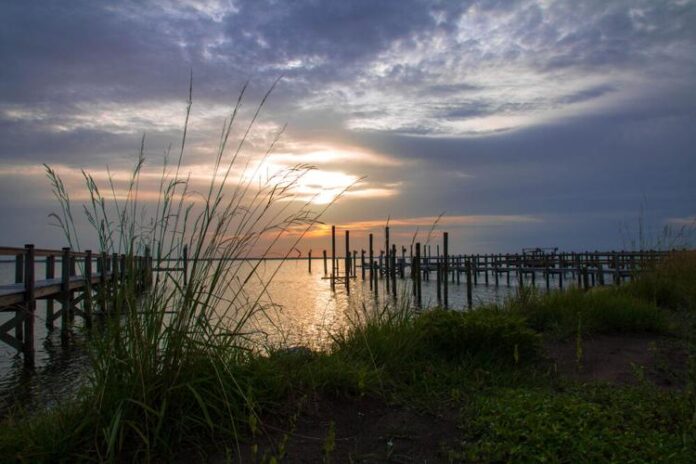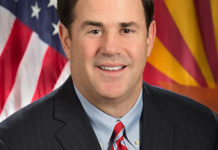Americans just celebrated the 53rd anniversary of Earth Day. The holiday has changed drastically over the past half century – and so has the natural environment that activists are seeking to protect.
Today’s green activists tend to mark Earth Day by focusing on ways to minimize their personal impact on the environment – through regular recycling, cleaning up local parks, planting trees, driving hybrids, or shopping with reusable bags. These environmentally friendly behaviors are all welcome, of course.
But the activists who celebrated the first Earth Day in 1970 had a broader focus – they were primarily concerned about our collective impact on the environment.
In particular, they feared – with good reason – that America’s rapidly growing population was overtaxing fragile ecosystems. As Senator Gaylord Nelson later noted, the U.S. population had soared from 98 million the year he was born in 1916 to 200 million by the first Earth Day, and “tremendous ecological damage occurred as a result of this growth” since vast expanses of green space had to be cleared to make room for houses, offices, malls, roads, and all the other trappings of civilization.
Since then, America has added over 130 million additional people to its population. That growth has taken a toll on the environment and the wildlife that live there. Our nation lost 68,000 square miles of open space from 1982 to 2017. That’s an area the size of Florida. And 67% of that habitat destruction resulted from population growth, with the remaining 33% due to increases in per-capita consumption.
And there’s no end in sight. In the next thirty years, our population is projected to hit 373 million, primarily due to immigration, according to the latest projections from the Congressional Budget Office.
The resulting future loss of habitat, and increase in pollution, will measurably harm the natural environment and limit Americans’ access to nature.
Politicians sometimes dismiss these environmental and quality-of-life concerns, saying that the benefits of economic growth and technological advances outweigh the drawbacks. Essentially, they argue that “We don’t need to worry about how to slice the pie to serve more and more people. We just need more pie.”
But sometimes, there simply isn’t more “pie” when it comes to our inherently limited resources. There isn’t more fresh water to divide up between more and more Americans who use an average of 80 gallons per day to meet their eating, drinking, and cleaning needs.
There isn’t more pie when it comes to wildlife habitat that supports threatened and endangered species. There isn’t more pie when it comes to ending the light pollution that makes it impossible to see the magic of the night sky. There isn’t more pie if we want to preserve land for parks and keep some for farming instead of losing it to housing.
It’s time for environmentalists to realize that electrifying the grid, or planting trees, or buying cloth bags, is all good – but it isn’t enough. We also need to stop slicing the limited pie of America’s resources to the point of no return. Increasing our population of 334 million by millions more each year simply undermines all our traditional Earth Day activities.
Karen Shragg is an author and environmental consultant. This piece originally ran in the Boston Herald.
Republished with the permission of The Center Square.














